Dive into Algorithmic Trading: A Look at How Computers Have Revolutionized Trading
Over the last ten years, Algorithmic Trading has become incredibly popular. In the United States, it makes up around 70% of all trading activity, and in developing countries like India, it accounts for about 40%. Some people think that it is too complicated or out of reach, but that’s not the case. Creating your Algorithmic Trading system can be quite simple if you understand the basics. This article introduces the concept of Algorithmic Trading and explains why it’s better than manual trading. There will be a follow-up article soon to help you build your Algorithmic Trading system from scratch.
Understanding Algorithmic Trading
Algorithmic Trading is all about buying or selling based on predefined rules tested with historical data. These rules can come from technical analysis, charts, indicators, or stock fundamentals. For example, if you have a strategy that says to buy a stock after it’s been in the red for five consecutive days, you can turn this into a trading system. You can even automate it so that buy orders happen automatically when your conditions are met. You can also set stop-loss, target prices, and position sizes in the algorithm, which makes trading easier.
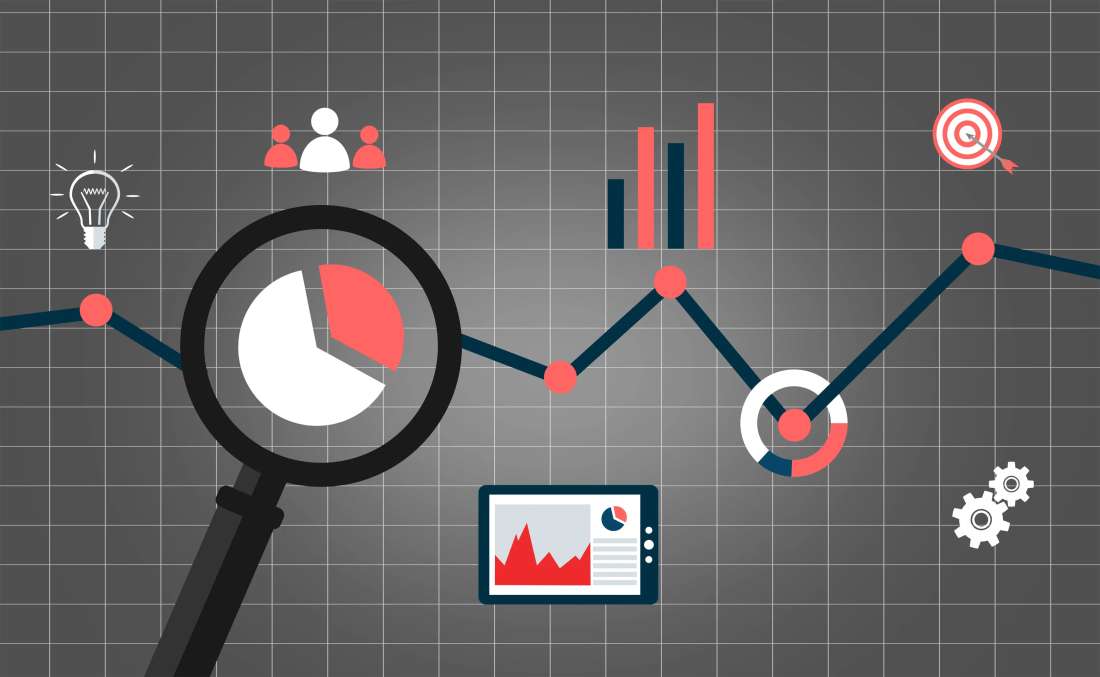
Benefits
They say your success in trading depends on 30% market analysis, 30% risk management, 30% controlling your emotions, and 10% luck. Algorithmic systems can handle 90% of that, excluding luck. Many traders fail because emotions affect their decisions. Even experienced traders sometimes panic when buying or selling, leading to losses. Algorithmic systems eliminate these problems linked to manual trading. Plus, if you’re busy with a job and can’t trade throughout the day, you can automate your algorithm, and your computer will trade for you.
Algorithmic Trading vs. Manual Trading
| Manual Trading | Algorithmic Trading |
| Involves human emotions | Emotion-free |
| No predefined rules for Buy/Sell | Uses predefined, tested rules |
| Requires constant market monitoring | No need for constant monitoring if automated |
| Emphasizes risk management | Risk management is built into the algorithm |
| Success varies with each execution | Algorithmic systems are tested, increasing success chances |
| May lead to heavy slippages | Slippage is significantly reduced in Algorithmic Trading |
Algorithmic vs. Automated Trading
A common misconception is that Algorithmic Trading and Automated Trading are the same, but they’re not. While you can automate your Algorithmic strategy, it’s not mandatory. You can still manually execute trades based on signals generated by your Algorithmic system. To automate your Algorithmic strategy, you need exchange approval, which is easy to obtain if your algorithm is error-free. So, when you come across an Algorithmic system, check whether it’s automated or manual.
Examples
We have a section on our website dedicated to Algorithmic system setups. These setups are created using Amibroker or Excel. Check out the links below:
Dispelling Myths
Let’s debunk some common myths about Algorithmic system:
- Myth: It requires deep mathematical and statistical knowledge
Not true. You can turn simple trading rules into algorithms. - Myth: It demands significant capital
False! You can use Algorithmic Trading with small quantities. - Myth: It is not for retail traders
It’s for everyone. If you want to automate your algorithm, you’ll need a dealer terminal from the exchange. - Myth: It requires super-fast computers and infrastructure
This is mainly for high-frequency trading; for most purposes, your PC is sufficient. - Myth: Algorithmic Trading and Automated Trading are the same
Not at all. Algorithmic trading can also be done manually.
To start developing your own Algorithmic system, follow this step-by-step tutorial.

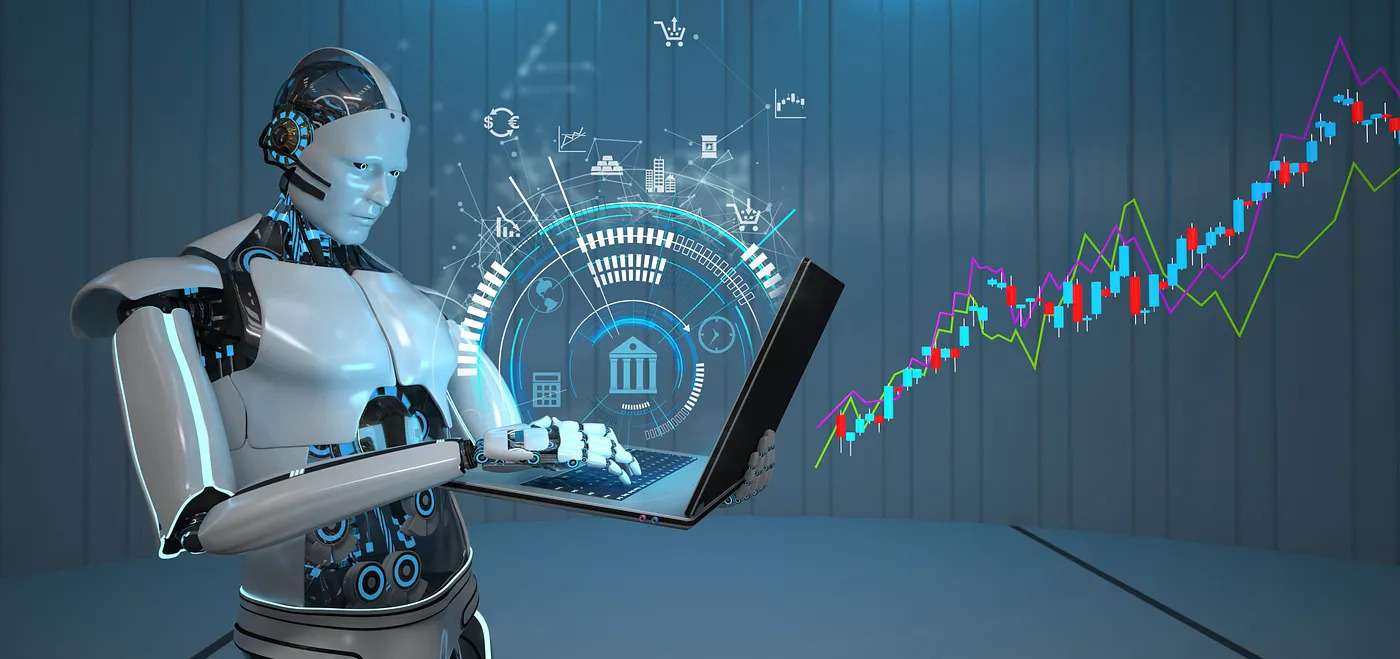
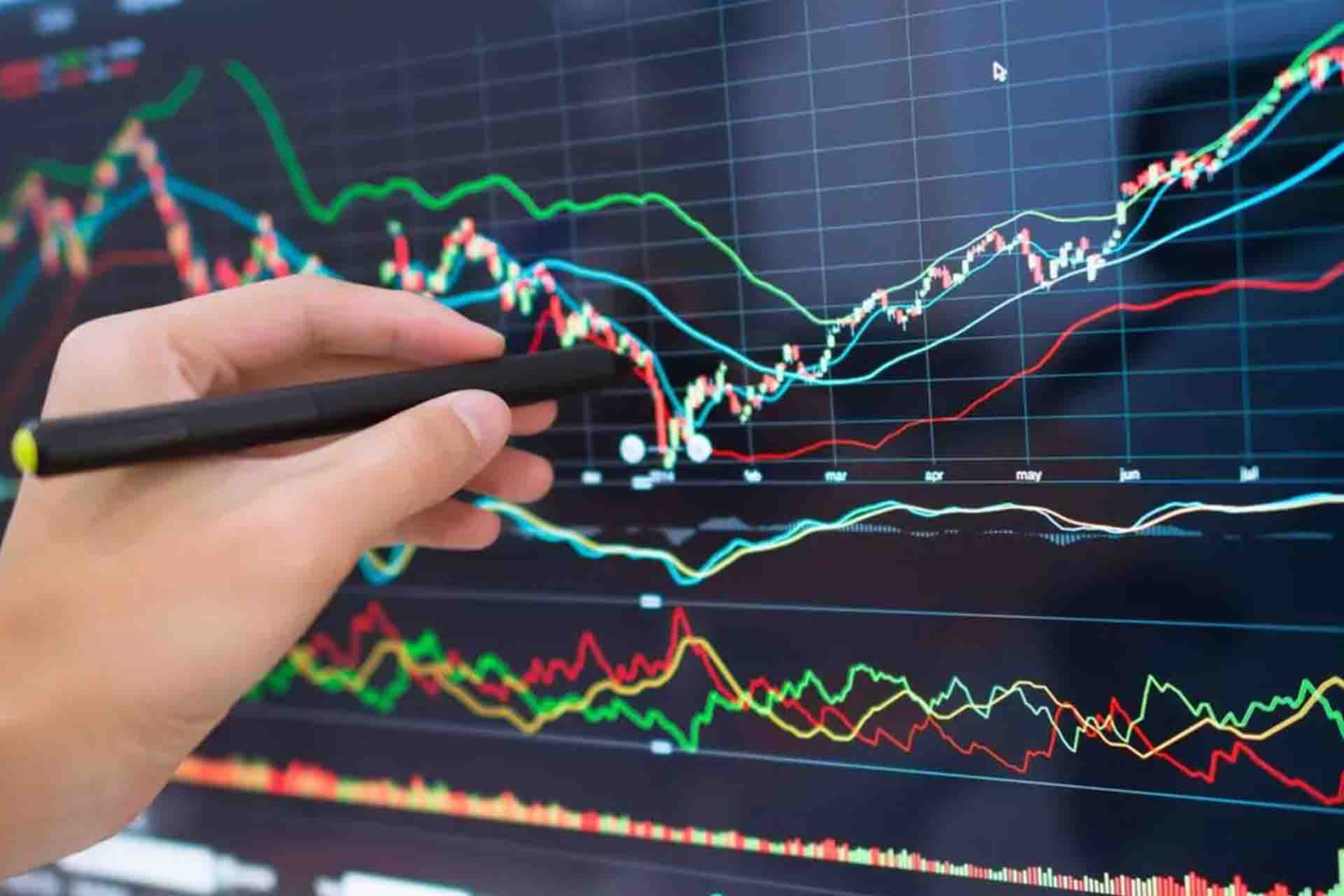
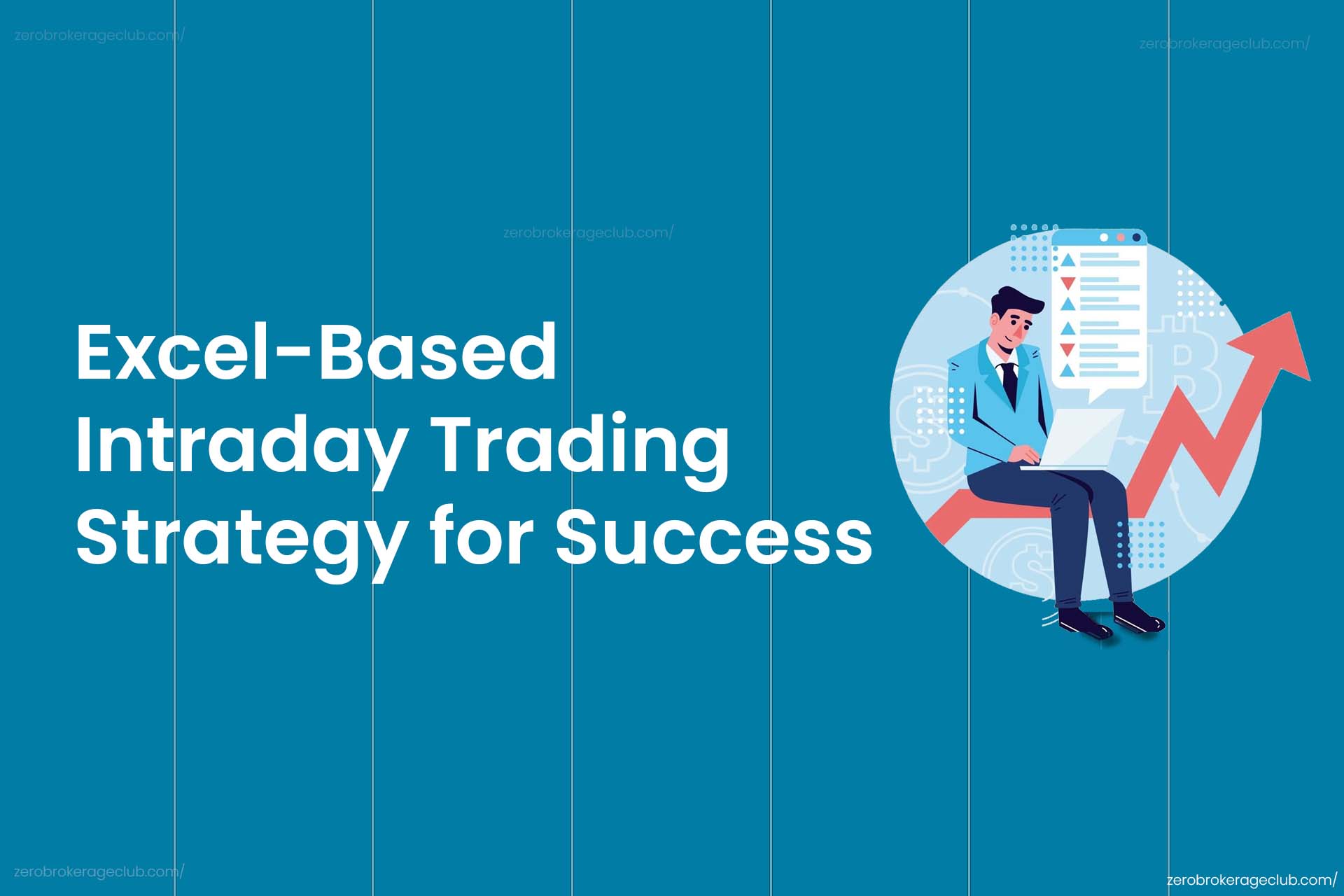
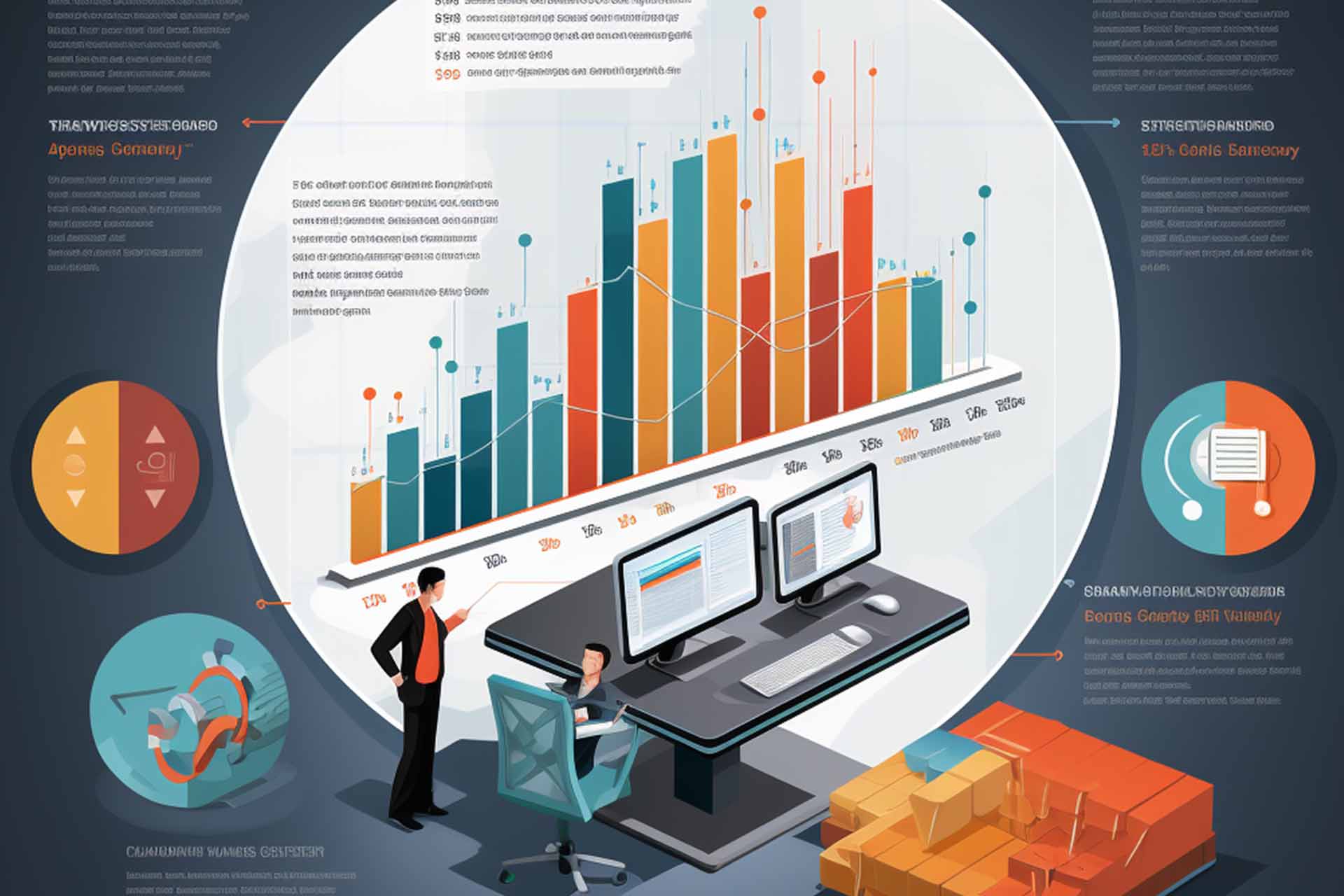
11 Comments